We already know what inbound marketing is and how it works.
Anyone who needs a refresher on the topic can reread it here (link to What is inbound marketing and how it works)
In a nutshell, inbound marketing is a holistic strategy used to engage, attract and convert visitors, transforming them into customers through relevant and non-interrupting information and content .
The four actions to take if you want to transform, in order, strangers into visitors, then into contacts, into customers and finally into promoters (or fans) are: attract, convert, close and delight.
But what are the tools to use and the success factors of inbound marketing?
Inbound marketing tools.
For each of the four phases of inbound marketing – attract, convert, close and delight – there are different and specific tools .
So what are the most important tools to attract, convert, close and delight?
Let's see it now.
Let's start from the first phase: attracting.
There are three main inbound marketing tools to attract:
- Blogs. Inbound marketing begins with a blog , which is the best way to attract new visitors to your website, because thanks to this tool you will be able to create valuable and updated content that answers their questions and provides useful information. A blog is one of the best ways you can demonstrate your expertise , build trust, and use it to position yourself as a thought leader rather than just a salesperson.
- Social Media. Today users also spend much of their time on social networks. And that's where you will have to be present with your content, your offers, your brand. This is why you will need to know how to use them to interact with your potential customers , not just to place your products.
- Search engine. Today all potential customers often begin their purchasing journey online, and very frequently they do so by using a search engine to find information on a product or company. Being visible when they search is one of the main keys to the success of your inbound strategy. If you are well positioned on search engines, you will no longer need to look for customers, they will find you. This implies a careful analytical phase to identify the keywords with which users search for your product, and a subsequent operational phase, which consists in optimizing the pages of your site in relation to these keywords (with SEO and Google Ads ).
Second phase: convert.
There are also three main inbound marketing tools for converting:
- Call to action. If you want to prevent the user from staying only a few seconds once they land on your site, you will have to make sure that they follow a very clear guided path towards conversion, limiting the number of options that could potentially confuse them. Calls to action are buttons or links that encourage a visitor to take the action we want them to take. Even a simple call to action, such as a button that says "discover", can dramatically increase the number of your conversions.
- Landing Page. The landing page is a page created specifically for conversion. It is the place where users leave their data and become contacts. Usually users will land on these pages after clicking on a call to action on your site or on one of your advertisements. They must be studied with great care , both in terms of design, texts and audiovisual elements, to guarantee the highest possible number of conversions .
- Form. To make a user become a contact, they need to fill out a specially created form , the form, and it needs to be optimized to make the transition from visitor to contact as simple as possible.
Third phase: close.
There are two main inbound marketing tools for closing:
- E-mail. A series of emails focused on relevant, helpful content can help you gain the trust of your contacts , thus making them more likely to purchase. This process is called marketing automation or also lead nurturing (nurturing your contacts).
- CRM. CRM stands for Customer Relationship Management, i.e. management of relationships with customers , not only current but also potential. By analyzing data on contacts and customers with special tools (CRM software), it is possible to improve relationships with them, to drive sales growth and build loyalty.
Fourth phase: delight.
There are three tools to delight customers in inbound marketing:
- Social Media. Using the various social platforms in the right way gives you the opportunity to provide real-time customer assistance and continue to delight with valuable content. Again, therefore, social networks are the ideal places to continue interacting with your customers, making yourself remembered and loved by those who have already purchased for the first time .
- E-mail. Email marketing is an excellent tool for preparing contacts for purchasing, but also for continuing to interact with those who have already purchased . Sending useful content to existing customers can help them achieve their goals (and make you love them for it), but also introduce you to new products that may be of interest to them.
- CRM. Through the CRM approach and its systems, companies can get to know their customers better and, consequently, better satisfy their needs . In this way it is possible to increase the number of loyal customers.
Inbound marketing can bring great results, if done right.
To do it well you need to be able to master the useful tools to carry out every single phase of the strategy.
Are you wondering how to implement an inbound marketing strategy suitable for your company, using the most suitable tools in the right way?
Relying on professionals who know how to use and manage these tools therefore becomes the first step towards having an inbound marketing strategy that really brings results.
If you are looking for someone who can create your Inbound Marketing strategy and help you achieve your goals, contact us.
Gilbi.co is at your disposal. Ask one of our consultants for help!
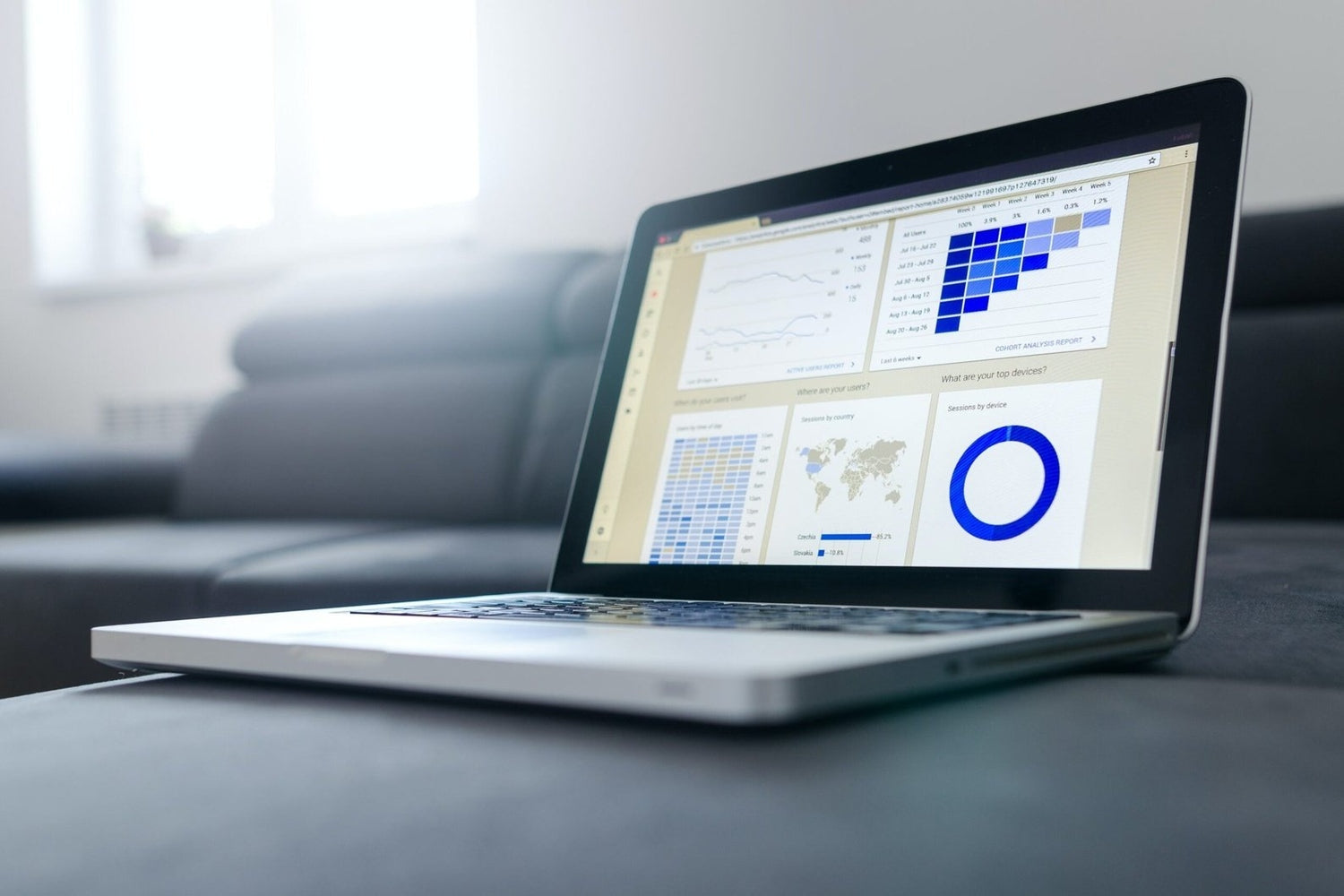



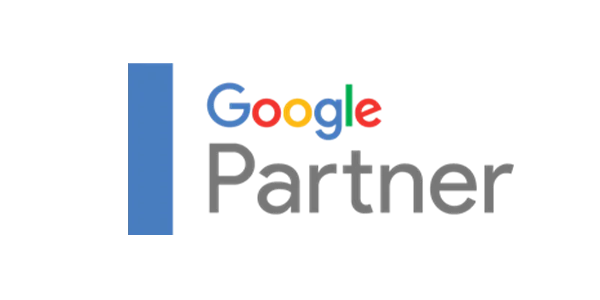
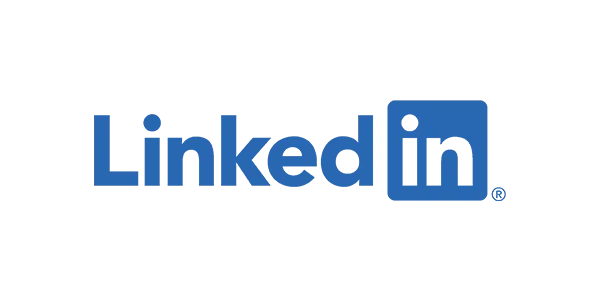
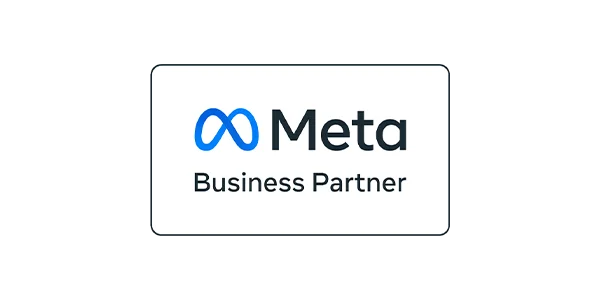
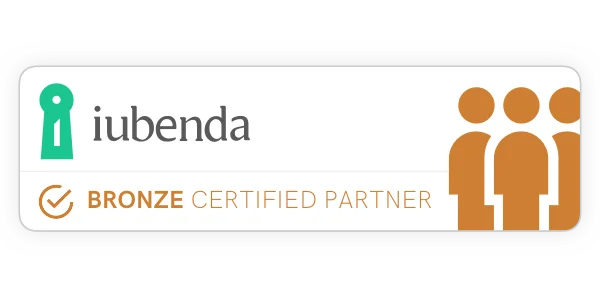
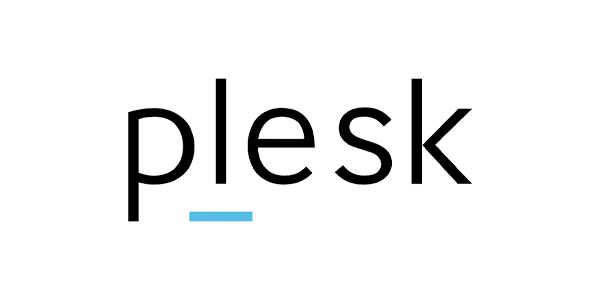
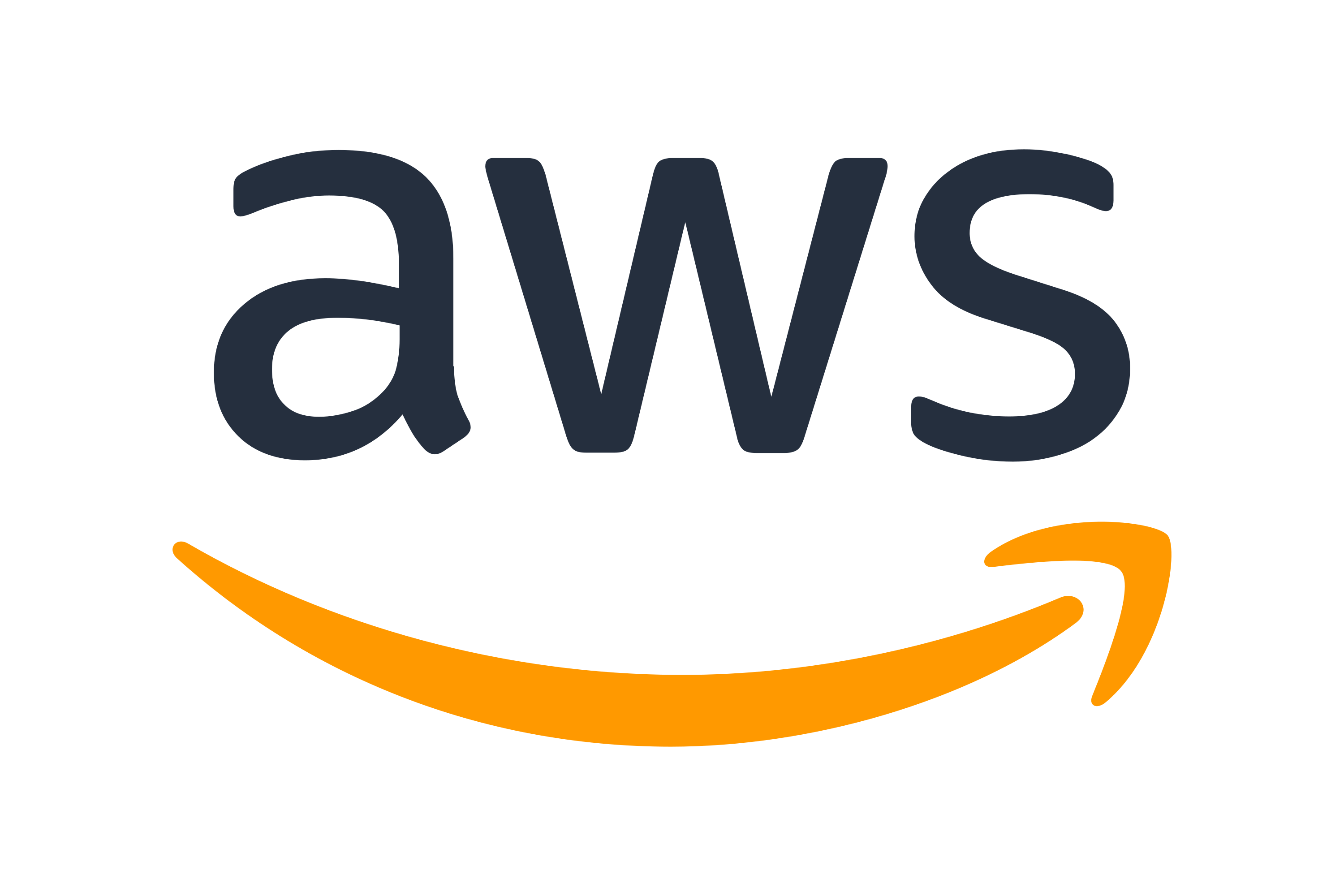
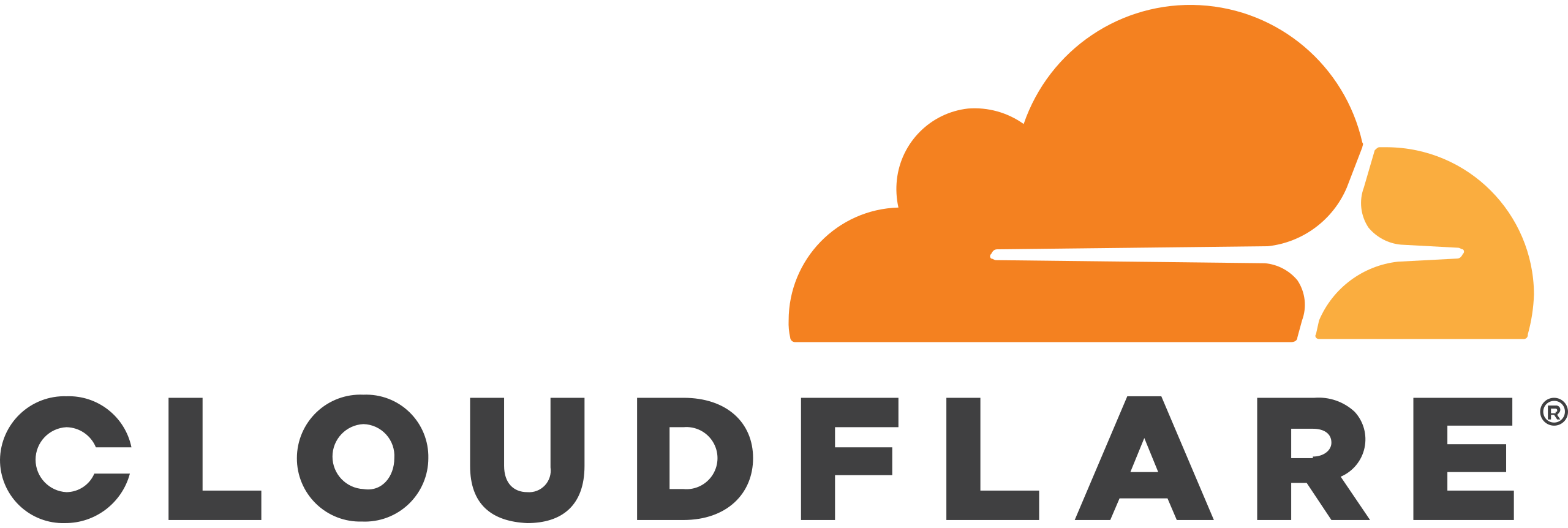
Leave a comment
All comments are moderated before being published.
This site is protected by hCaptcha and the hCaptcha Privacy Policy and Terms of Service apply.